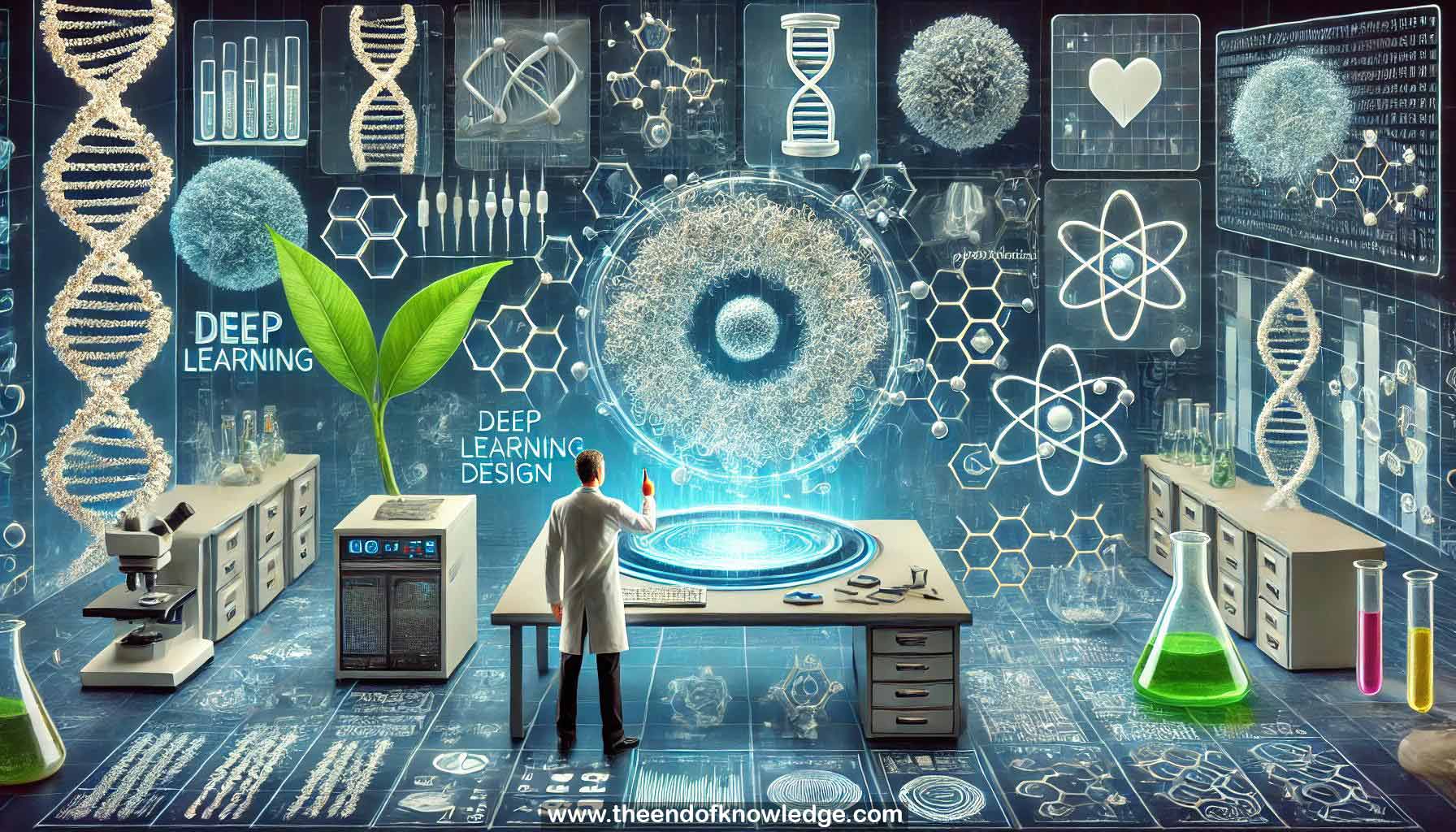 >
>
Concept Graph & Resume using Claude 3 Opus | Chat GPT4o | Llama 3:
Resume:
1.- De novo protein design: Creating brand new proteins from scratch using computational methods, particularly deep learning techniques.
2.- RosettaFold: A deep learning model developed to predict protein structures from amino acid sequences.
3.- RF diffusion: A diffusion model for generating new protein structures and sequences.
4.- Protein MPNN: A message-passing neural network for designing amino acid sequences that fold into specific structures.
5.- Medical applications: Using designed proteins to target diseases like autoimmune disorders, cancer, and neurodegenerative conditions.
6.- Snake venom antidote: Designing proteins that bind to and neutralize snake venom toxins.
7.- Antibody design: Creating synthetic antibodies for therapeutic use, mimicking natural immune system components.
8.- Protein channels: Designing cylindrical proteins that can function as ion channels or molecular sensors.
9.- DNA-binding proteins: Creating proteins that recognize and bind to specific DNA sequences for potential gene editing applications.
10.- Nanoparticle design: Developing self-assembling protein structures for vaccine platforms and drug delivery.
11.- Quasi-symmetry: A method to create larger protein assemblies by introducing flexibility in building blocks.
12.- Mineralization: Designing proteins that can template the growth of inorganic materials like zinc oxide.
13.- Carbon nanotube binding: Creating proteins that can wrap around and functionalize carbon nanotubes.
14.- Protein-based computing: Designing protein networks that can perform simple computations within cells.
15.- Small molecule binding: Using diffusion models to create proteins that bind specific small molecules.
16.- RNA design: Applying diffusion models to design RNA molecules with specific structures and functions.
17.- Enzyme design: Creating new catalysts for various applications, including plastic degradation and green chemistry.
18.- Guideposting: A technique to specify catalytic site geometry during the protein design process.
19.- Artificial photosynthesis: Designing proteins that mimic natural photosystems for light harvesting and electron transfer.
20.- Protein stability: De novo designed proteins often exhibit high thermal stability compared to natural proteins.
21.- Universal vaccines: Developing protein-based vaccines that could protect against multiple strains or families of viruses.
22.- Protein dynamics: Designing proteins with multiple conformational states or continuous motions for specific functions.
23.- Shelf stability: De novo designed proteins often have improved stability, potentially reducing the need for cold chain storage.
24.- Computer vision in biology: Applying techniques from computer vision and image processing to protein design and analysis.
25.- Synthetic training data: Exploring the use of computationally generated data to augment experimental protein structure databases.
26.- Protein programming: Creating networks of interacting proteins to perform computations or make decisions within cells.
27.- Multimodal protein representation: Considering both amino acid sequences and 3D coordinates in protein diffusion models.
28.- Structure diffusion: Applying diffusion models directly to 3D protein structures rather than sequences.
29.- Latent diffusion: Exploring latent space representations for simultaneous diffusion of protein sequence and structure.
30.- Reinforcement learning: Applying techniques like DPO (Direct Preference Optimization) to protein design tasks.
Knowledge Vault built byDavid Vivancos 2024